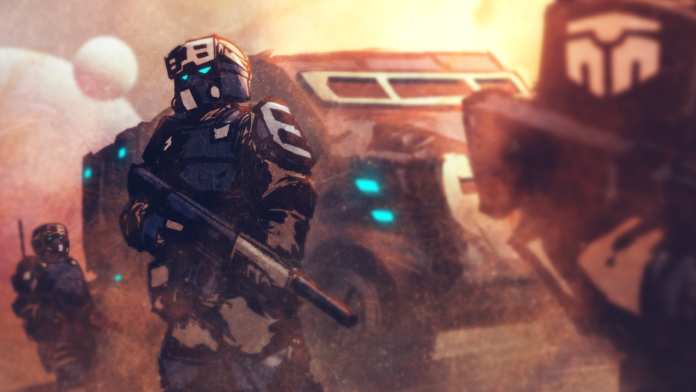Ascent of Ashes, the upcoming colony sim by Vivid Storm Interactive, has been delayed to early next year. While addressing player feedback certainly plays a role in the delay, the migration from Unity to Godot is an even more significant factor. “Godot doesn’t feel quite as chaotic as Unity did at times.”
German indie developer Vivid Storm Interactive is a three person team that started when they launched a Kickstarter campaign for Ascent of Ashes in 2021. Studio owner and Lead Developer Max Hermann originally developed the idea for the game in the time when he was still a computer science student and active in the RimWorld modding scene. “I remember when an Early Access update added the overworld feature. It looked really exciting to me”, he says. “That’s when I formed the idea of building a new colony sim from the ground up, centered around the idea of exploration and travel.”
Disappointed by the lack of integration of the overworld feature into RimWorld, he further developed his idea. “RimWorld is balanced around sitting on a single map, with everything easily accessible. Interacting with the wider world is entirely optional. I wanted a colony sim where other settlements around you aren’t just a static backdrop, but parts of a living, simulated world. One with ruins of a collapsed civilization, where you have to fight through raiders and remnants of that civilization to claim your spoils.”
Exceedingly difficult
The team first built the game in Unity. Mainly because the new DOTS package promised significant performance improvements. Initially things looked very promising, but when they started working on more complex features like pathfinding and line of sight, they discovered that the DOTS approach was very convoluted and slow. “Planning out code structure was exceedingly difficult, nobody had experience with it and official documentation was sparse to say the least”, according to Hermann. On top of that, Unity announced the notorious new ‘Runtime Fee’ pricing structure.
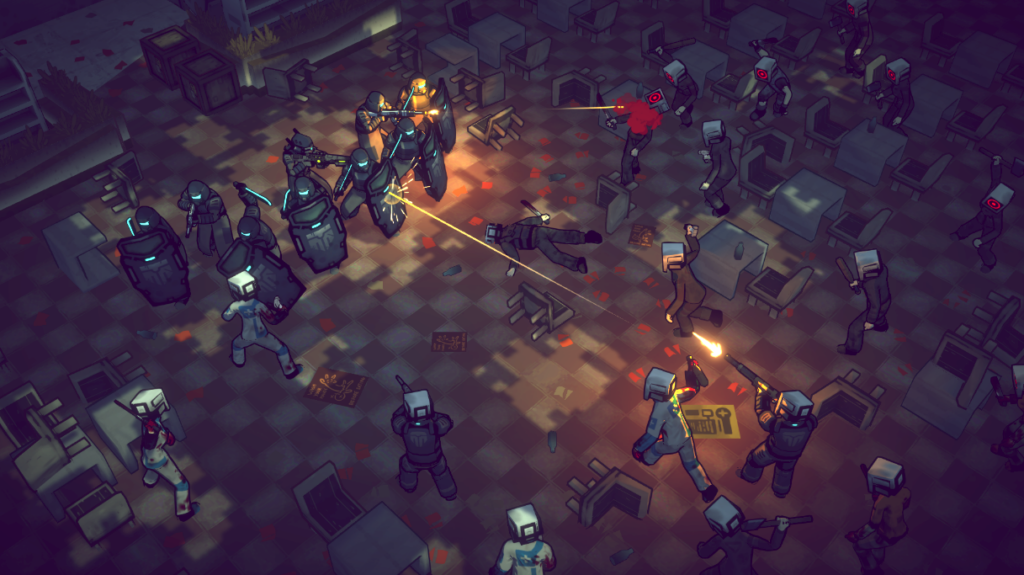
“When the Unity pricing debacle came around, we did an evaluation of how much value we were getting out of Unity, in case we had to switch. We discovered that in some cases, it took twice as long as normal to implement features. This also meant we had less dev time to fix bugs or optimize performance. In short, we didn’t even get the performance improvements we were hoping for.”
Good money after bad
The team now faced a tough decision. Keep spending extra development time to make the DOTS code work, or spend a big chunk of time switching and make it up by being more efficient later? “We decided we weren’t going to throw good money after bad, and moved away from DOTS”, Hermann says. “In the end we’d rather tone down some of our more ambitious features to get acceptable performance, and deliver a bug-free and polished release to our players.”
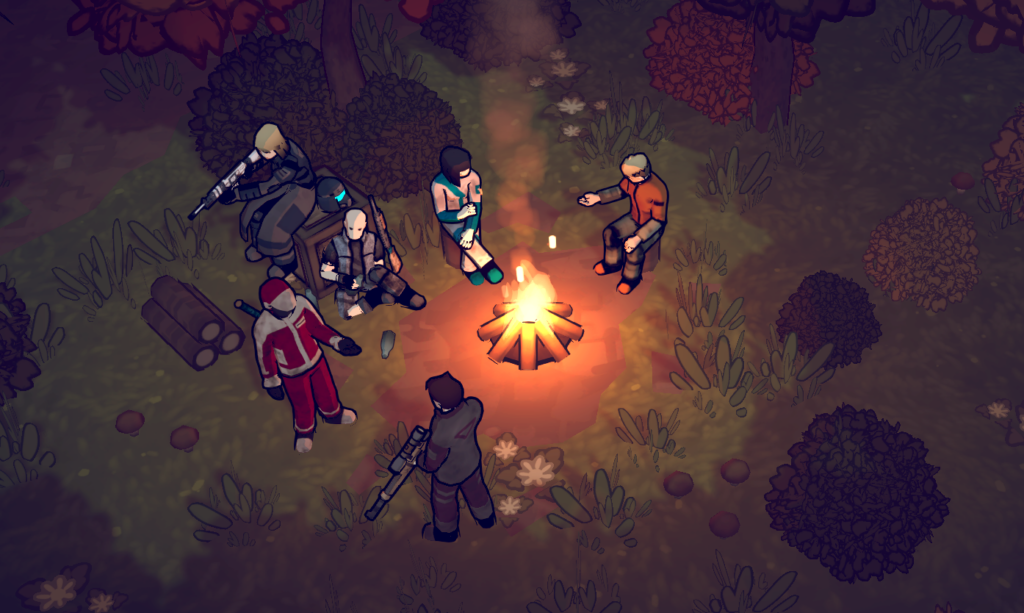
The decision to switch engines was only made fairly recently. And so far, the team is happy they did. Hermann: “It has actually been a very pleasant experience. We found Godot has a very forward-thinking design and working with it doesn’t feel quite as chaotic as Unity did at times.” Still, the switch didn’t occur without its fair share of issues. For example, one of the things DOTS handled really well was rendering large amounts of entities. Without it, rendering the 800.000 tiles that compromise the game map became problematic, so the team had to spend a week on optimizing that. “Being a new engine, Godot is still rough in places. We had to work around some of these bugs and limitations, but they were minor issues overall.”
Jump in blind
Hermann encourages other developers who lost their faith in Unity to make the switch. Just don’t jump in blind, he says. “Identify key features you need your engine to support, make some prototypes and see if Godot suits you and your game. It also very much depends on how far along your game is in development and how it is built. The further along you are, and the more integrated with Unity’s API, the harder a switch will be.”
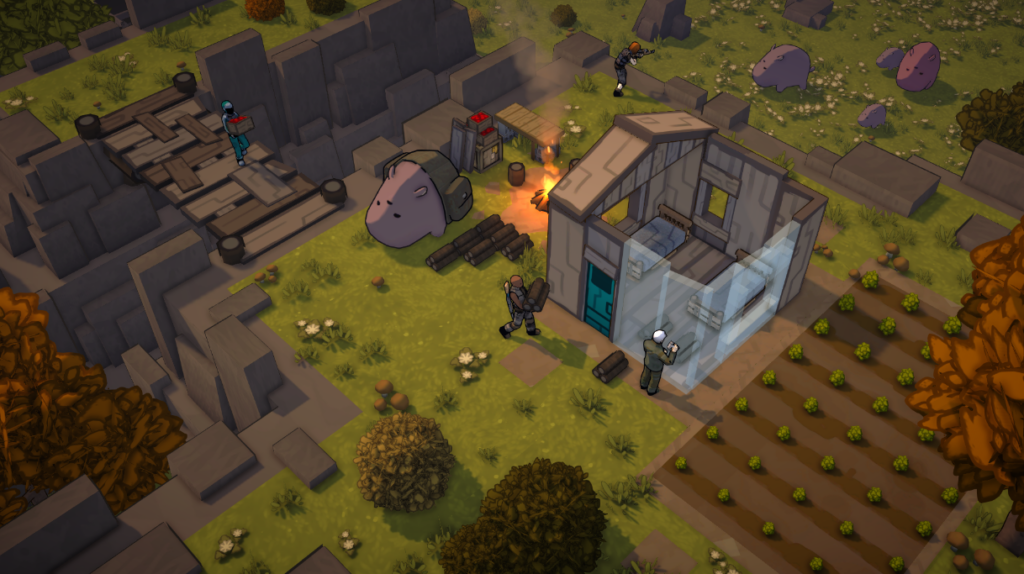
“In general, Godot’s structure is very similar to Unity’s and if you’re proficient with one, you will quickly pick up the other. There are also some good online resources for learning, and Godot’s official documentation is top-notch. The downside is that it doesn’t have anywhere near the amount of third-party assets that Unity does, nor some of the more specialist features like the DOTS package.”
Now the switch is complete, Ascent of Ashes is well underway for an Early Access release early next year. “Our goal is for Acheron to look and feel like a genuine alien world, filled with strange and potentially dangerous creatures”, says Hermann. “For every animal we design, we try to come up with both a unique look and role in the game for it. Our artist Ricky has done a splendid job in making them look unique and interesting, and many players have expressed their liking as well.”
Much rougher
The game’s graphics went through several iterations during the initial prototyping where they tested out different approaches like top-down 2D and isometric. In the end they landed on 3D because a number of gameplay features wouldn’t work very well without a way to show smooth rotations. “Having people stand in place and then suddenly snap to turn towards an enemy felt very weird in the 2D styles”, admits Hermann. “There was a bit of a learning curve, and our initial designs looked much rougher than the current production. But we steadily improved and adjusted, and in the end it paid off.”
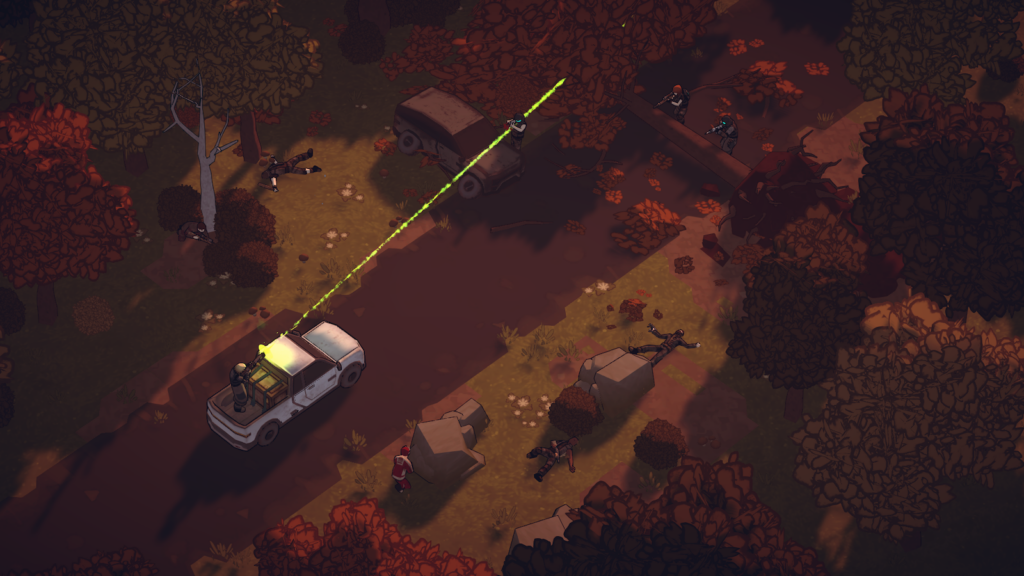
When asked about the hardest part of the development, Hermann doesn’t mention the engine switch. “Arguably the hardest part was to secure funding for the project in the first place”, he says. “Our initial team consisted of myself and Ricky. We both want to see the game come to fruition, so we’re willing to live and work on a shoestring budget to make it happen, but even then, that’s still a considerable expenditure.” That’s when they decided to go the Kickstarter route.
Strong community
“Our Kickstarter campaign had only limited PR. We used our reputation in the RimWorld community to get the initial capital we needed to start developing. Our partners at Camlann provided us with additional funds, allowing us to add a third member to the team. We’re hoping that once we launch into Early Access, the income will cover our remaining expenses until we finish the game, and if things go well expand the team further.”
“We hope that it will live up to the high expectations our players have of our game, and that it will bring them many hours of fun. If we see a strong community form, and players posting Steam logs with hundreds of hours played, that’s the best thing we could ask for”, concludes Hermann.
Wishlist the game on Steam, Epic Games Store or GOG.

